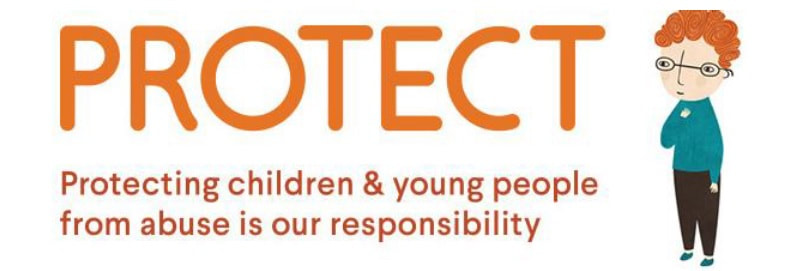At Echuca Twin Rivers Specialist School, the wellbeing of our students, our families and our staff is of utmost importance. In addition to our teaching staff, we also have a wellbeing team, including a social worker and our Koorie Engagement Support Officer. The role of the social worker includes working with students, their families and, where necessary, outside agencies, to ensure the wellbeing needs of our students are addressed.
|
What is Positive Behaviour Support (SWPBS)
The School Wide Positive Behaviour Support (SWPBS) program helps schools to create positive learning environments by developing proactive whole school systems to define, teach and support appropriate student behaviours. SWPBS applies evidence based approaches, practices and strategies for all students to increase academic performance, improve safety, decrease problem behaviour and establish a positive school culture. SWPBS places a major focus on teaching and modelling appropriate behaviours to create a safe, positive and productive learning environment where staff relationships with students is primary: |
Family and mental health support contacts and resources
This document contains a range of family and mental health support resources useful for individuals, parents, carers, children and families. When this document is opened in Microsoft Word on a computer, the writing in blue is a link to a web page resource. |
Zones of regulation |
chuca Twin Rivers Specialist School uses the Zones of Regulation across the school. The Zones of Regulation is an approach that provides the opportunity to teach and to practice self-regulation with the aim of managing our feelings and getting ourselves to a mentally healthy place. The Zones of Regulations categorize the way we feel and our different levels of alertness into 4 different coloured zones. The Zones provide strategies to assist in becoming more independent in controlling emotions and impulses, as well as managing sensory needs and our ability to problem solve conflicts.
The feeling and level of alertness determines which zone a person is in:
The feeling and level of alertness determines which zone a person is in:
- The Red Zone is used to describe extremely heightened states of alertness and intense emotions. A person may be elated or experiencing anger, rage, devastation, or terror when in the Red Zone.
- The Yellow Zone is also used to describe a heightened state of alertness and elevated emotions, however one has more control when they are in the Yellow Zone. A person may be experiencing stress, frustration, anxiety, excitement, silliness, the wiggles, or nervousness when in the Yellow Zone.
- The Green Zone is used to describe a calm state of alertness. A person may be described as happy, focused, content, or ready to learn when in the Green Zone. This is the zone where optimal learning occurs.
- The Blue Zone is used to describe low states of alertness and down feelings such as when one feels sad, tired, sick, or bored.
Life is 10% what happens to us and 90% how we react to it.
Charles Swindoll
Charles Swindoll
